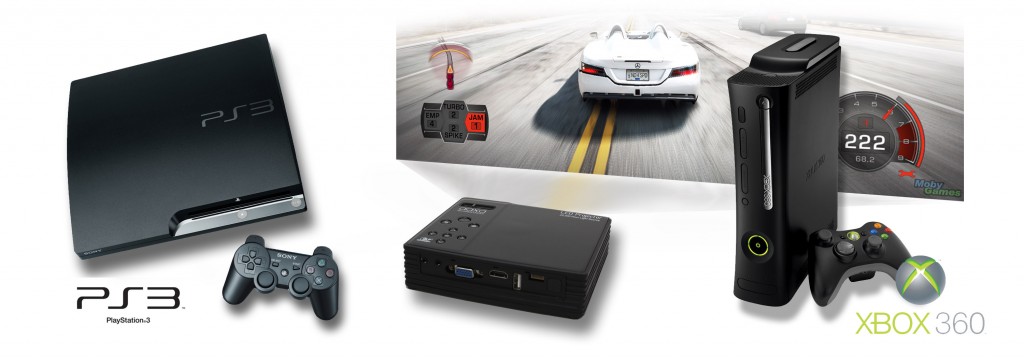Texas Instruments Announces All-New DLP® Pico™ Chip Architecture
An expanding family of DLP Pico display solutions gives developers the flexibility to create brighter, smaller, lower power products
LAS VEGAS – January 7, 2013: Today at the International Consumer Electronics Show (CES), Texas Instruments (TI) (NASDAQ: TXN) DLP® Products (suite N115) has announced a new groundbreaking, smaller pixel architecture, called Tilt & Roll Pixel (TRP), for its market-leading DLP Pico™ technology. This advancement gives developers the ability to bring unique, robust big picture display capabilities to more devices and product categories than ever before.
Some of the key advantages for products built on the new TRP architecture will include:
– As much as 30% higher brightness, with increased efficiency
– Up to 50% less power consumption
– 2x the resolution in the same sized chip
As a result of these advancements, products integrating this capability – such as smartphones, tablets, cameras/camcorders, notebooks, eyewear, and standalone devices – will see significant performance benefits.
“The power of digital content is that it’s available anytime, anywhere” said Frank Moizio, Business Unit Manager DLP Pico. “DLP Pico technology creates the largest images from the smallest devices, thus enabling users to unleash the power of their digital content, and share it in collaborative, real-world settings. Our new pixel architecture enables manufacturers to extend the reach of pico technology to new, smaller devices and new applications, with brighter images and higher efficiency.”
Pacific Media Associates (PMA) has predicted a worldwide pico projector market forecast of 12 million units by 2016, pointing to the category’s growing popularity. TI DLP is working with manufacturers now on integrating the new TRP architecture into products.

 CES is a press and industry only conference, but we’re giving you a chance to learn exactly what you want to know from the heart of the action this week. (Reuters)Peter Nowak is at the annual Consumer Electronics Show in Las Vegas this week to give you a sneak peak into the future of home entertainment, communication technology, and gadgets designed to change the world as we know it.
CES is a press and industry only conference, but we’re giving you a chance to learn exactly what you want to know from the heart of the action this week. (Reuters)Peter Nowak is at the annual Consumer Electronics Show in Las Vegas this week to give you a sneak peak into the future of home entertainment, communication technology, and gadgets designed to change the world as we know it.



















